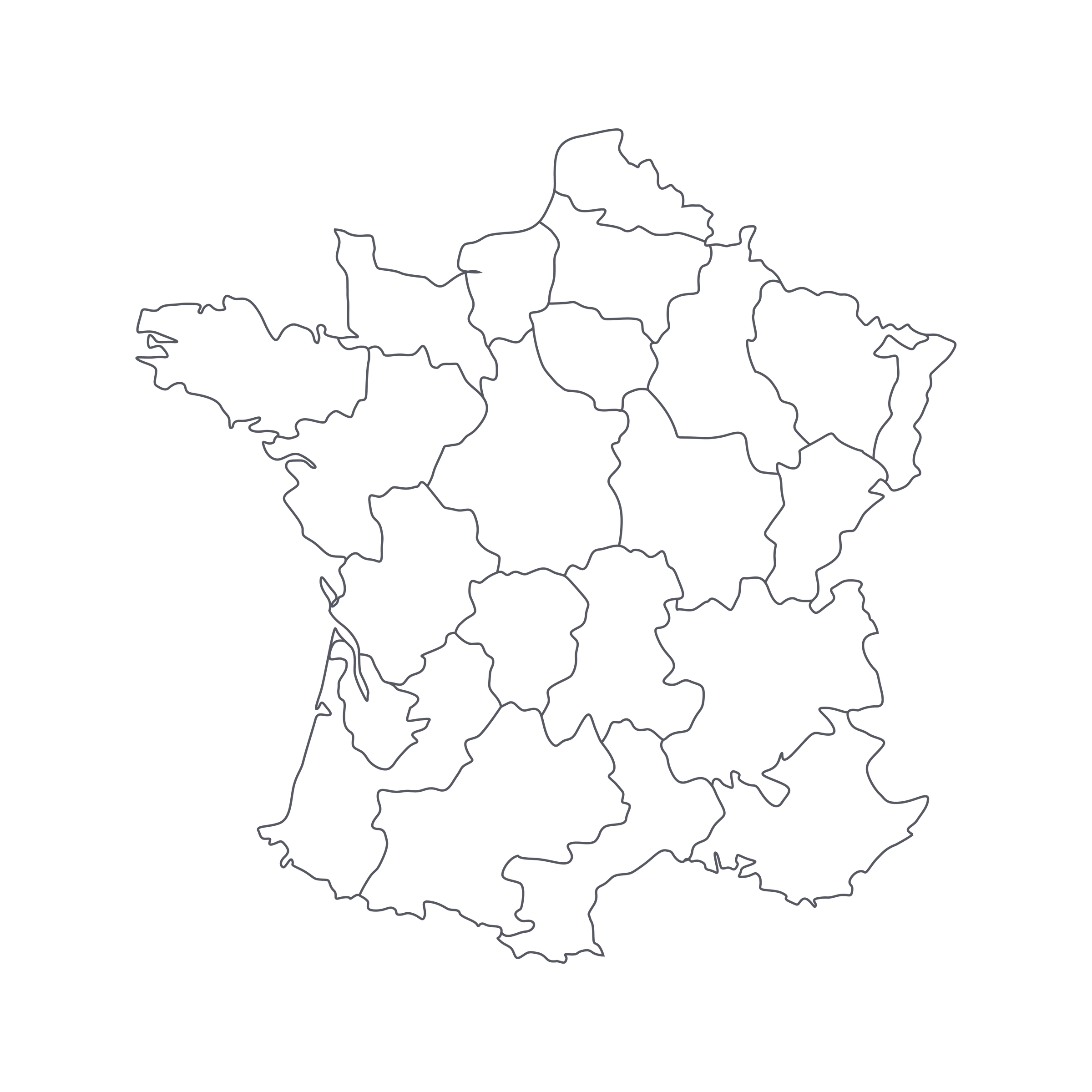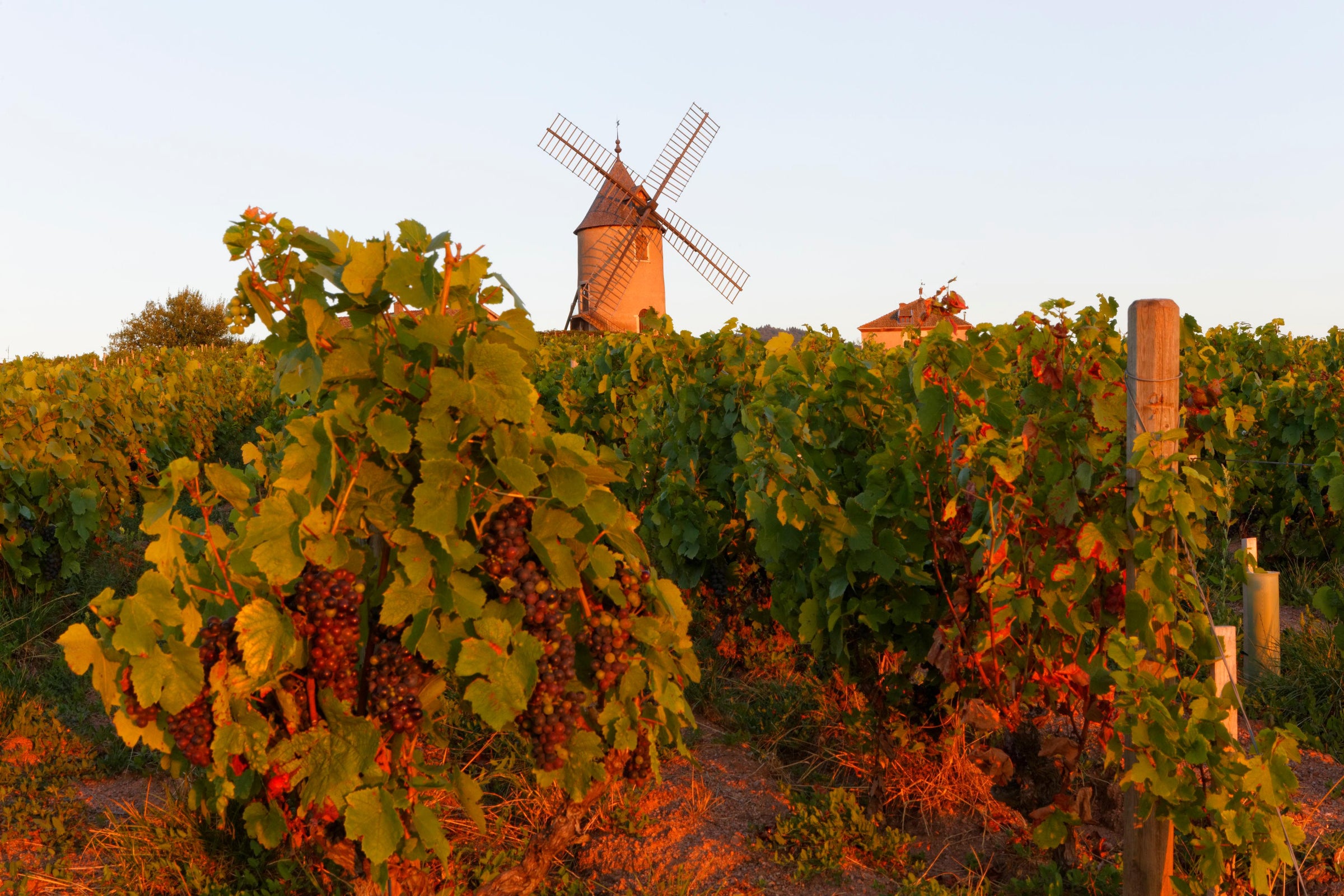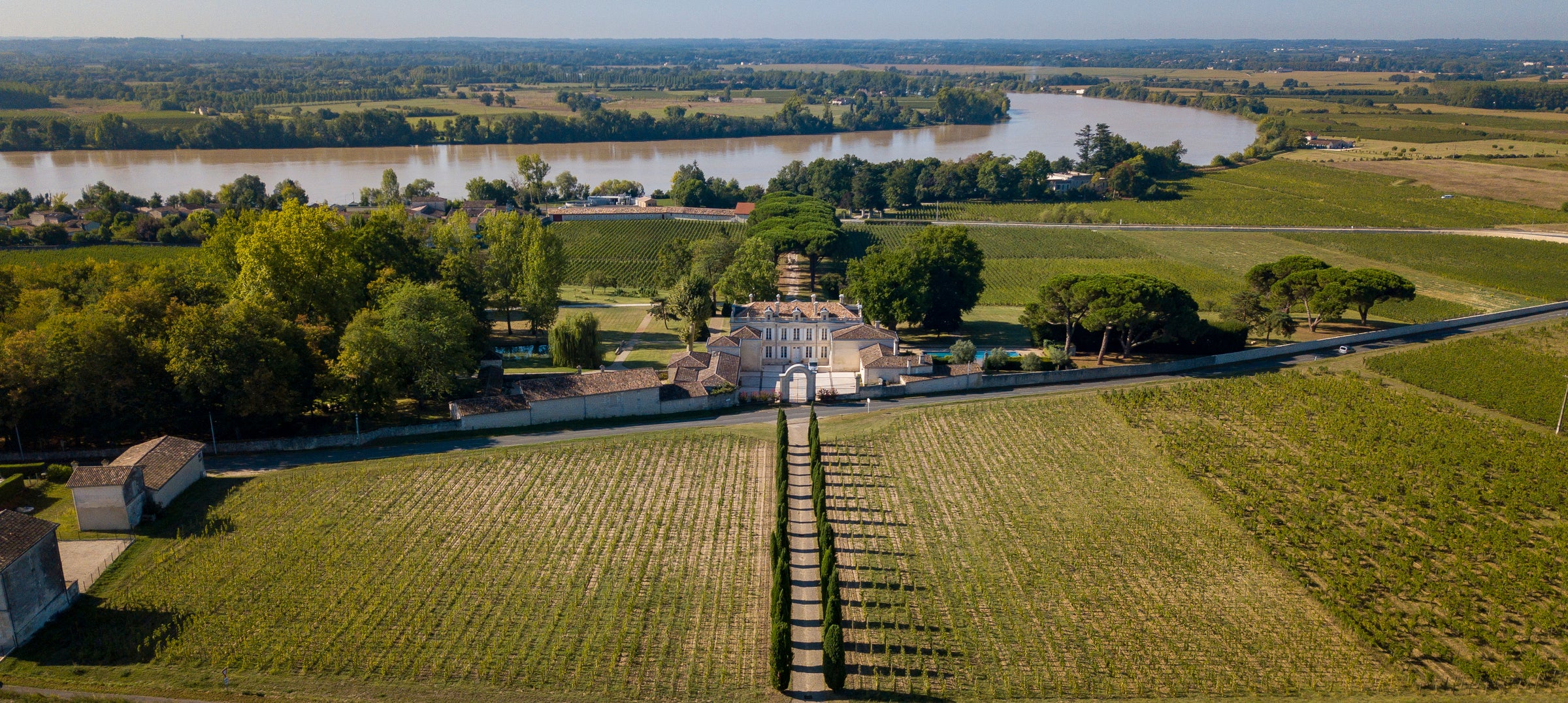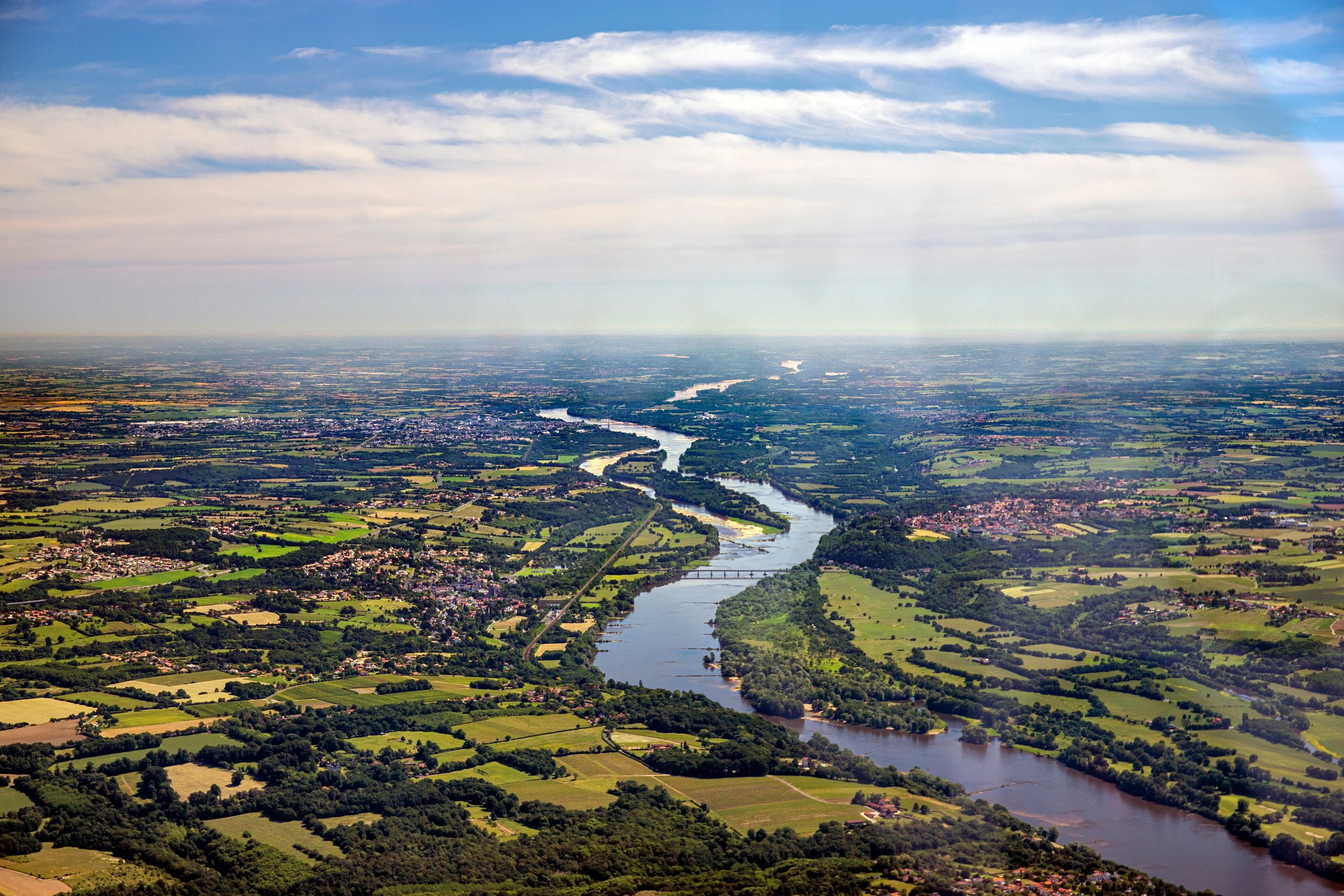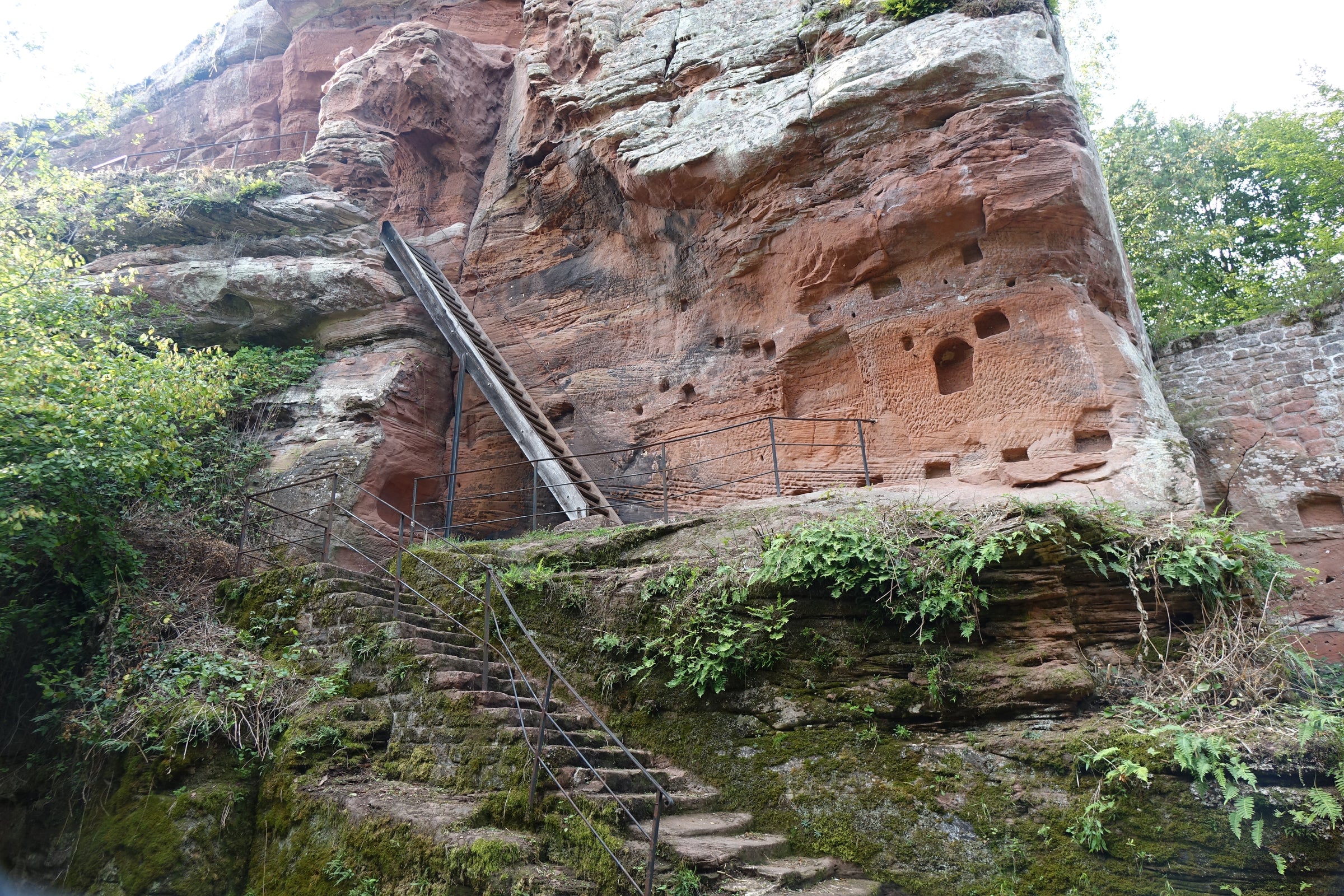Vignobles Verzier has become a northern Rhône go-to for us, and we’ve rolled out their Syrah lineup in tiers—from an overachieving Rhône IGP to an impressively structured Saint-Joseph to today’s exhilarating Côte-Rôtie. Put simply, “Indiscrète” is the most accessible 2015 I’ve had from the region.
With origins in northern Rhône that date back nearly 200 years, the Verzier name carries weight, but one thing (until recently) had always eluded them throughout the decades: owning land in Côte-Rôtie. Everything was already taken! Needless to say, they were euphoric upon securing a small parcel on these steep terraced hillsides several years ago. Acquiring premium land is only half the battle, however. Luckily for us, this is a family steeped in tradition, farming organically and relying on classic, minimal-intervention winemaking. “Indiscrète” is such a delectable treat and one that can be enjoyed now or for decades to come. If you enjoy extra-rich, dark-fruited, full-bodied Syrah with endless levels of minerality, savor, and earth, this is your ticket. I highly recommend buying at least two bottles today—drinking one right away and holding another for way down the road. Production has always remained minuscule at this family-run estate so take advantage of the small allocation we received. It’s not a readily available wine and it never will be!
Vignobles Verzier is headquartered in the village of Chavanay—located within the overlapping appellations of Condrieu and St-Joseph—and they can trace their origins here back to 1828. Farmed organically since the 1960s and certified since 2010, the estate, called “Chante-Perdrix” (“singing partridge”), is run by hands-on proprietors Philippe and Isabelle Verzier. Philippe, while blindsided by the responsibility, took control of the farming operations at just 19 years old after the death of his father. At the time, all grapes were sold off to cooperatives, but Philippe took it upon himself to begin estate bottling. Today, his son Maxime assists with winemaking and is eager to continue the family tradition.
Seeing as Côte-Rôtie is a tiny appellation, vines are hard to come by, so it was a lifelong dream when the Verzier family recently acquired a small parcel above the village of Vérenay. Their vines sit at an altitude of 800+ feet on a terraced hillside that enjoys southeastern sun exposure. As mentioned, the family farms organically—everything they do is by hand. They harvest small, meticulously selected yields (sorting grapes in both the vineyard and winery) and the crop is shuttled to their winery in small crates to avoid crushing. After destemming 70% of the grapes, fermentation is triggered via indigenous yeasts and can take nearly four weeks to complete. During this time, the grape skins (or caps) are punched down on a daily basis in temperature-controlled tanks. The resulting wine was then transferred into 500-liter barrels, or demi-muids, ranging from 0-5 years old. After 16 months of aging, it is bottled with a very light filtration. The final blend was 95% Syrah and 5% Viognier.
2015 “Indiscrète” has a fully opaque, dark purple-black core leading out to a brilliant magenta rim. Serious concentration immediately reveals itself and slow dripping tears stain the glass bright purple. Prepare yourself for this elegant powerhouse: high-toned aromas of purple flowers (most notably fresh-picked violet) with a mix of wild black and blue fruits envelop your senses at the start. You’ll also pick up huckleberry, blackberry cobbler, black plum, blueberry, and anise, all of which are complemented by notes of crushed rock, olive tapenade, cacao nibs, leather, dried meat and exotic spices. On the palate, the wine is rich and perfectly extracted. It’s a full-bodied Côte Rôtie with tannins that have already started smoothing out and a level of acid that keeps this ripe wine tasting extremely fresh. This is the beauty of great Côte Rôtie—the wines are huge, yet always finish with elegance (notice the 12.5% alcohol). Though I’ve already gushed over it, “Indiscrète” can absolutely be enjoyed now, but proper cellaring will allow it to evolve over the next two decades. When consuming, decant for one hour and enjoy over several in large Bordeaux stems. This screams for grilled short ribs slathered in a rich blackberry sauce. Everyone will be singing your praises as “Grill (and Wine) Master.” Cheers!


